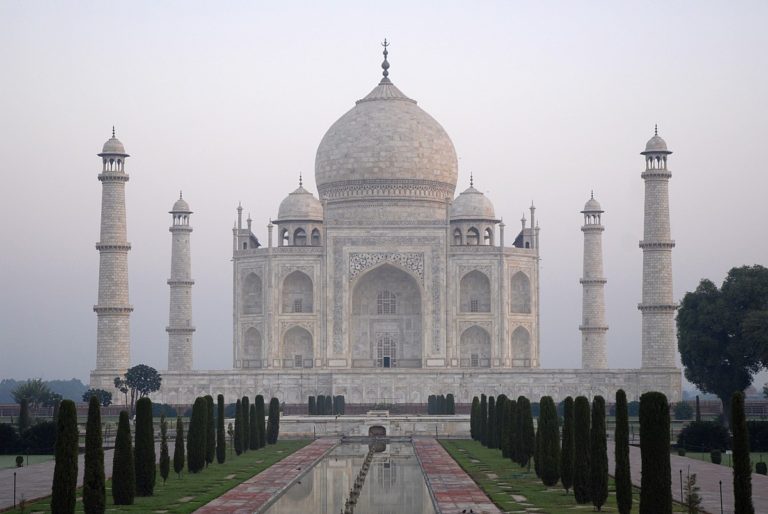
Jatinga is a small tribal village located in Dima Hasao district of Assam in India. It is 330 kilometres south of Guwahati. The village is inhabited only by about 2,500 people. It is known for the mysterious suicide of birds during certain weeks of the year. Jatinga is world famous for the strange behaviour of the birds that takes place during the months of September to November. It is like a Bermuda Triangle of fowl death which still remains unexplained, despite studies by India’s some of most prestigious ornithologists.
Origin
The phenomenon was first noticed in 1905 when the villagers were surprised to find swarms of bird flocking around the flaming torches. Over the last 100 years, thousands of birds have flown to their death in Jatinga. But this phenomenon still remains an unexplained mystery as this is unique to Jatinga alone.
In some parts of the world, people used to lay bright lights in the path of migrating birds and capture some of them. But Jatinga is different as these are no migrating birds. Studies have established that all the species of birds caught at Jatinga are local ones living within 10 or 15 kilometres of the village. This phenomenon is not confined to a single species. The birds are mostly of younger age, according to Assam’s best known ornithologist Anwaruddin Choudhury.
Scientific justification
The late naturalist E. P. Gee is the one who brought this phenomenon to global attention in the 1960s. He went to Jatinga with famed ornithologist late Salim Ali. The cause of it is might be because of confusion of birds at high altitudes and high speed winds due to the widespread fog characteristic at the time.
In 1977 the Zoological Survey of India sent one of its ornithologists, Sudhin Sengupta, to Jatinga on a trip to unravel this mystery. Sengupta camped at Jatinga twice to observe the phenomenon.
Sengupta observed that the so-called hypnotic spell of this place is cast through a fine optical illusion caused by scattering of light rays through the collodial environment of mist and raindrops. His other observations in Jatinga states that the birds land at least three hours after their last feeding, when their stomachs are quite empty.
After landing, the birds are nearly immobilised. Attempts at forced feeding of birds always ended up with food rejection. While most of the the birds have generally died within 24 hours, some of them remain alive for four days until their fat reserves were burnt off. Sengupta said that the birds kill themselves with lemming-like determination. All the species observed by him are day-time feeders and are not great fliers. This phenomenon is common among the Ruddy Kingfisher, the little egret, the green pigeon, and the emerald dove.
In the book The Birds of Assam by Anwaruddin Choudhury, he stated that similar incidents takes place in Malaysia, Philippines, and Mizoram. He concluded that the birds, mostly younger ones and local migrants, are disturbed by high velocity winds at their roost. When the disturbed birds fly towards lights they are hit with bamboo poles by local peoples and killed or injured.
Effect
Jatinga village, known as the “suicide spot” of birds, may lose the tag as the number of birds flying into the place has reduced drastically over the past few years.
Eminent ornithologist Anwaruddin Choudhury told PTI that bird arrival is very scarce these days at Jatinga and the number of birds being killed by villagers has also come down . Choudhury, the “Birdman of Assam”, has done field surveys to understand the mysterious behaviour of the several bird species in Jatinga. Additional Principal Chief Conservator of Forests of Dima Hasao Bikash Brahma, also agreed, saying not only killings but also the number of birds arriving at the village has been declining gradually since the last few years. He said that earlier birds were killed by villagers but due to the awareness campaign run by the forest department, now such incidents have reduced substantially.
Other information
While Sengupta and his team have been able to list the observational data, little or no breakthrough has been made in explaining this peculiar phenomenon. The questions remains the same, why it happens only at Jatinga; why do the birds behave so abnormally after being attracted to the luminous source; and finally, why are they possessed by a collective suicide -wish only when the stomach is empty? Sengupta guess that Jatinga has its own ecophysiographical unusual characteristics which affect the birds “endogenous rhythm” and make the place a deathtrap for the birds.
Myth
Villagers in Jatinga Believe it that the birds are “spirits flying from the sky to terrorize them” and capture them with bamboo poles and beating the birds to death.
Inhabitants of Jatinga recall their ancestors describing how a small settlement of Naga tribals lived in the area then. When the villagers were searching at night for the carcass of a buffalo killed by a tiger, were surprised to find swarms of bird flocking around the flaming torches. Terrified and superstitious Nagas fled from the place believing them to be evil spirits. They left the area and some years later, a group of Jantia tribal came to this place and settle down. The Jantias were mainly Christian converts and faith in their new religion helped them to overcame these superstitious beliefs.
By Jahnabi Silponia, Dibrugarh, Assam


